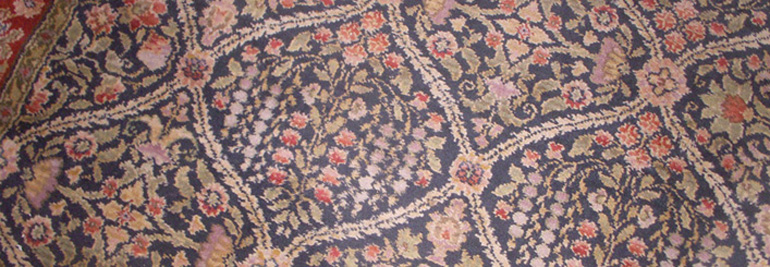Reading Note:
Spanish Bull
Wednesday, 29 June 2011
What was Guy Tremlett’s Catherine of Aragon: Henry’s Spanish Queen doing in my Amazuke shopping cart? Well, I put it there, of course, but why? I should probably have taken it out if I hadn’t been in a big hurry to order A N Wilson’s Dante in Love last week. I couldn’t be bothered to delete the two books that were already there (Tremlett’s, and Clarke Hutton’s Picture History of Britain — not quite the mystery that Tremlett is), or to “save” them for later. The Wilson and the Hutton won’t ship until the middle of July, but Catherine arrived yesterday.
Arriving along with it were sentences such as the following (describing the atmosphere in Alcalá de Henares, where Catherine was born in 1485): “In winter it freezes. A pales sun shines weakly from a clear pastel sky, losing its battle against the harshe, obstinate chill.” Well, we can infer that Tremlett, the Guardian‘s Madrid correspondent, knows what he’s talking about from personal experience. And that’s just the problem. What Guy Tremlett knows and doesn’t know about history often gets in the way of his story.
Pages earlier:
The man holding the mule’s reins was Archbishop Carillo of Toledo, primate of Spain — a formidable warrior priest and one of the wealthiest and most powerful political players in the land. He was also Isabel’s chief ally. The records do not say whether he was wearing the same scarlet cloak with a white cross that he was said to wear over his armour when leading his men into battle.
Oh dear oh dear. “Said to wear”? Wearing armour in battle in late-Fifteenth-Century battles? If the meeting of Isabel and her half-brother Enrique at Guisando was indeed the ritual reconciliation that Tremlett tells us it was, then the archbishop was almost certainlywearing his archiepiscopal kit. But, really, it doesn’t matter. It’s not important. The ritual is not important. A serious historian — and by this I mean a writer who wanted to tell the story of Catherine’s resistance to Henry’s demand for an annulment — might dispose of her mother’s encounter before “the four bulls of Guisando” in a sentence or two, or might not mention it at all.
The serious historian would instead concentrate on why Archbishop Carillo supported Isabel. We’re told that he hated Enrique, against whom he had rebelled (no details), and that he tried to talk Isabel out of the reconciliation. A miniseries might be equally informative without risking ennui.
That same serious historian, however, might well decide, after some preliminary research, that the tale of Catherine of Aragon can’t be told in a manner that modern readers will find satisfying. This isn’t just because she was a woman. In my view, it’s because the modern idea of personality had not fully developed — had barely begun to develop. According to the prevailing world view, men and women were all more or less fungible, distinguiable only in terms of accidents that, however consequential for history, had none of the densely personal roots that we call “psychological.” There was no psychology.
This isn’t to say that Catherine of Aragon didn’t have powerful feelings about her husband’s behavior. By and large, however, they appear to have been the feelings that she ought to have had, the feelings that went with her status as a Spanish princess who had conducted her side of the marriage in an entirely blameless manner. Neither she nor anyone who advised or opposed her — no one, in short — was equipped to suppose that her bull-headed insistence on her “rights” might result in the first magisterial rent in the fabric of Christendom. Had she yielded to Henry, and stepped aside — had it been easy for Clement VII to grant Henry’s request for an annulment — the history of the Reformation would have been unimaginably different.
That would have been a story — except that it could not have been. Only the realm of science fiction would support it. I don’t mean to say that Guy Tremlett’s book is not a good one. I’m sure that many readers will see a vivid past through its old-glass window panes. But it’s not my kind of book at all.

